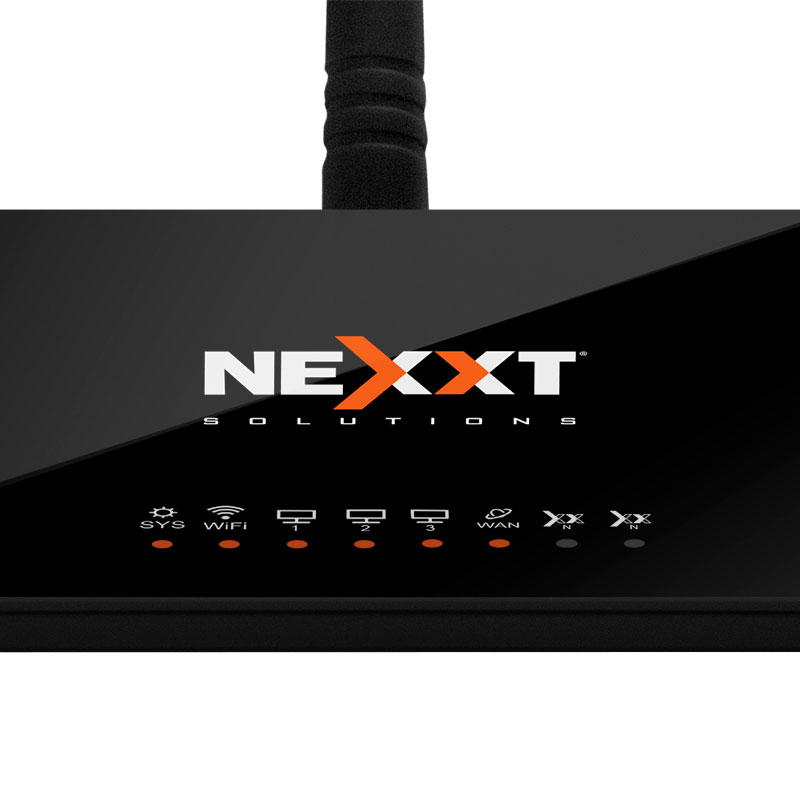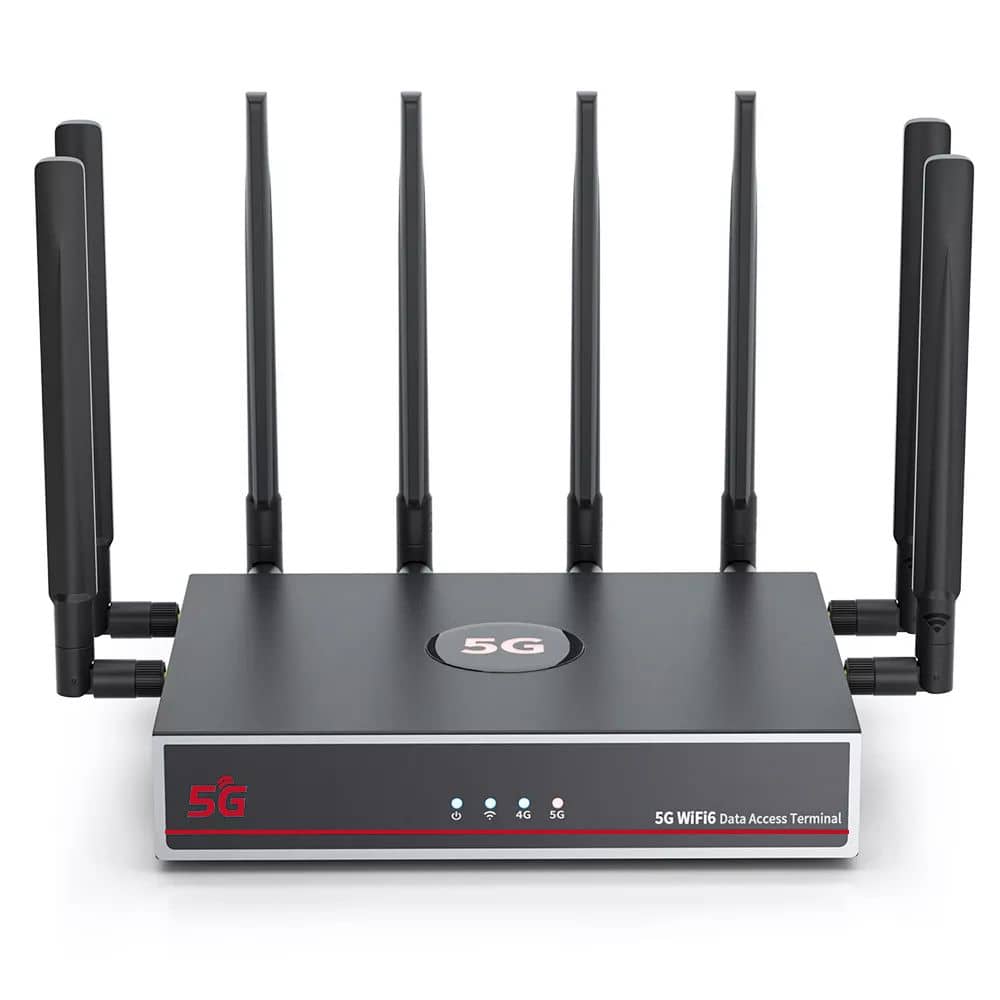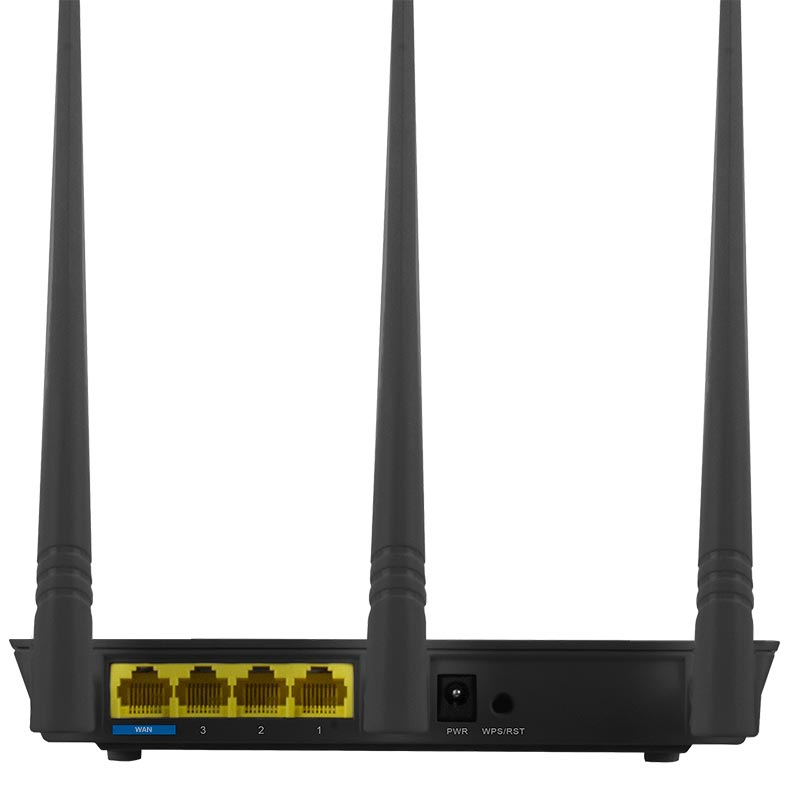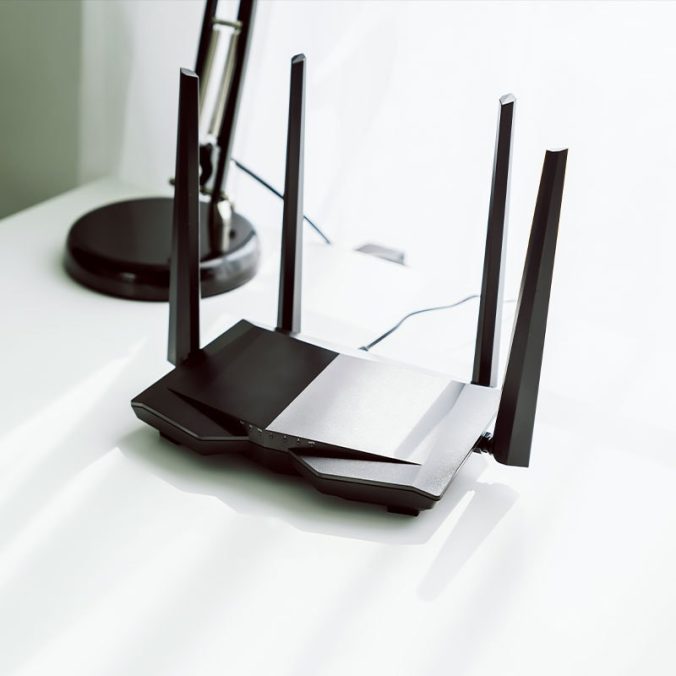Introduction
The ubiquitous Wi-Fi router, a seemingly unassuming box often tucked away in a corner, is the unsung hero of our increasingly interconnected world. It serves as the gateway to the vast digital landscape, silently orchestrating the seamless flow of information that powers our online experiences. But how much do we really understand about this essential piece of technology? This article delves into the inner workings of the Wi-Fi router. Exploring its fundamental functions and shedding light on its pivotal role in our digital lives.
What is a WiFi Router?
In an era dominated by seamless connectivity, the Wi-Fi router stands as an often-overlooked yet indispensable cornerstone of our digital lives. This unassuming device, typically resembling a small box with antennas, acts as the gateway between your personal devices and the vast expanse of the internet. But what does a WiFi router do, and how does it manage to connect us to a world of information and entertainment with such apparent ease? Let’s delve deeper into the inner workings of this technological marvel.
At its core, a Wi-Fi router serves two primary functions:
1. Establishing a Gateway to the Internet
Think of your internet service provider (ISP) as a vast library of information. You wouldn’t be able to access any of the books (websites, online services, etc.) in this library without a library card and a librarian to guide you. Your router acts as both the card and the librarian. It receives a signal from your ISP, typically via a cable or fiber optic line, which carries the raw data that makes up the internet. This signal, however, is not in a format that your devices, like laptops, smartphones, or smart TVs, can understand.
This is where the router steps in as a translator and a gatekeeper. It converts the incoming signal from the ISP into a language that your devices can comprehend. This process is known as Network Address Translation (NAT). Essentially, the router assigns a unique internal IP address to each device connected to it. Creating a small, private network within your home. When you request information from the internet, your router uses NAT to translate your internal IP address into your public IP address, which is assigned by your ISP, ensuring that the requested data finds its way back to your specific device.
2. Creating a Local Wireless Network
Now that the router has established a connection to the internet, it needs a way to share this connection with your devices. This is where the “Wi-Fi” part of the Wi-Fi router comes into play. The router utilizes radio waves to create a wireless network within your home. This network, often referred to as a Wi-Fi network, allows your devices to connect to the internet wirelessly, without the need for physical cables.
Imagine your router as a lighthouse emitting beams of light. These beams represent the Wi-Fi signal, which spreads outward from the router, creating a bubble of connectivity. Your devices, equipped with Wi-Fi receivers, can detect and connect to this signal, much like ships using the lighthouse’s beam for navigation. The strength and range of the Wi-Fi signal depend on various factors, including the router’s specifications, potential interference from physical obstacles, and the chosen frequency band.

Key Components of a WiFi Router
To fully grasp the intricate workings of a WiFi router, it’s essential to understand its key components:
1. Modem Interface (WAN Port)
The Wide Area Network (WAN) port, often labeled as the “Internet” or “Modem” port, serves as the entry point for the internet connection from your ISP. This port is where you connect the cable or fiber optic line coming from your modem. In some cases, the modem functionality might be built directly into the router, eliminating the need for a separate modem unit.
2. Ethernet Ports (LAN Ports)
Local Area Network (LAN) ports, typically identified as “Ethernet” ports, allow you to connect devices to the router using Ethernet cables. This wired connection offers a more stable and faster internet experience compared to Wi-Fi, especially for devices that require high bandwidth, such as gaming consoles or desktop computers.
3. Antennas
The antennas, those prominent protrusions from the router’s body, are responsible for transmitting and receiving the Wi-Fi signal. The number and type of antennas can significantly impact the router’s wireless coverage and performance.
4. Processor and Memory
Just like your computer, a WiFi router relies on a processor and memory to handle data traffic, manage network settings, and execute various functions. A more powerful processor and ample memory contribute to a smoother and more responsive network, especially in households with multiple connected devices and heavy internet usage.
5. Firmware
Firmware is the embedded software that controls the router’s hardware and determines its functionality. It’s essentially the operating system of the router, so responsible for tasks like managing network settings, handling security protocols, and providing access to the router’s configuration interface.

How Data Travels Through a Wi-Fi Router
The journey of data through a Wi-Fi router can be likened to a well-orchestrated relay race. With each component playing a crucial role in ensuring seamless and efficient data transmission.
- Data Arrival: When you request information from the internet, the data packets first arrive at your modem, which demodulates the signal from your ISP and passes it on to the router’s WAN port.
- Signal Conversion and Routing: The router receives the data packets and converts them from the ISP’s format to a format that your devices can understand. The router then uses the destination IP address embedded in the data packets to determine which device on your network the information is intended for.
- Wireless Transmission or Wired Delivery: If the intended device is connected wirelessly, the router transmits the data packets over radio waves using the appropriate Wi-Fi protocol. For wired connections, the router directs the data packets to the corresponding Ethernet port.
- Device Reception and Response: The receiving device then decodes the data packets, processes the information. And sends back a response, which follows a similar path back through the router and modem to reach the internet.
This continuous flow of data happens in milliseconds, allowing you to browse websites, stream videos, download files, and engage in various online activities without perceivable lag.

Choosing the Right Router: Factors to Consider
Selecting the right Wi-Fi router for your needs can significantly impact your online experience. Here are a few key factors to consider when making your decision:
1. Speed and Coverage: Matching Your Internet Plan and Home Size
The speed and coverage offered by a router directly influence your internet performance. Choose a router that supports the speed of your internet plan to avoid bottlenecks. For larger homes or homes with multiple floors, so prioritize routers with greater coverage or consider using Wi-Fi extenders to eliminate dead zones.
2. Security Features: Prioritizing Network Protection
Given the ever-increasing sophistication of online threats, selecting a router with robust security features is paramount. Look for features like WPA2/WPA3 encryption, a built-in firewall, and intrusion detection/prevention capabilities. Additionally, consider routers that offer automatic firmware updates to ensure your network remains protected against the latest threats.
3. Advanced Features: Tailoring Functionality to Your Needs
Consider your specific needs and usage patterns when evaluating advanced features. If you prioritize online gaming or video streaming, look for routers with QoS settings and support for technologies like MU-MIMO (Multi-User, Multiple-Input, Multiple-Output) for optimal performance. For households with children, parental control features are invaluable for managing online activity and ensuring a safe browsing experience.
Conclusion: The Backbone of Modern Connectivity
In conclusion, the Wi-Fi router, despite its unassuming appearance, plays a pivotal role in our hyper-connected world. It acts as a bridge between the vastness of the internet and the intimacy of our homes. Facilitating seamless communication, entertainment, and access to information. Understanding the functionalities and intricacies of this remarkable device allows us to appreciate its contribution to our digital lives and make informed decisions to optimize our network performance. As we continue to embrace a future increasingly reliant on connectivity. The importance of the Wi-Fi router as a technological cornerstone will only continue to grow.
